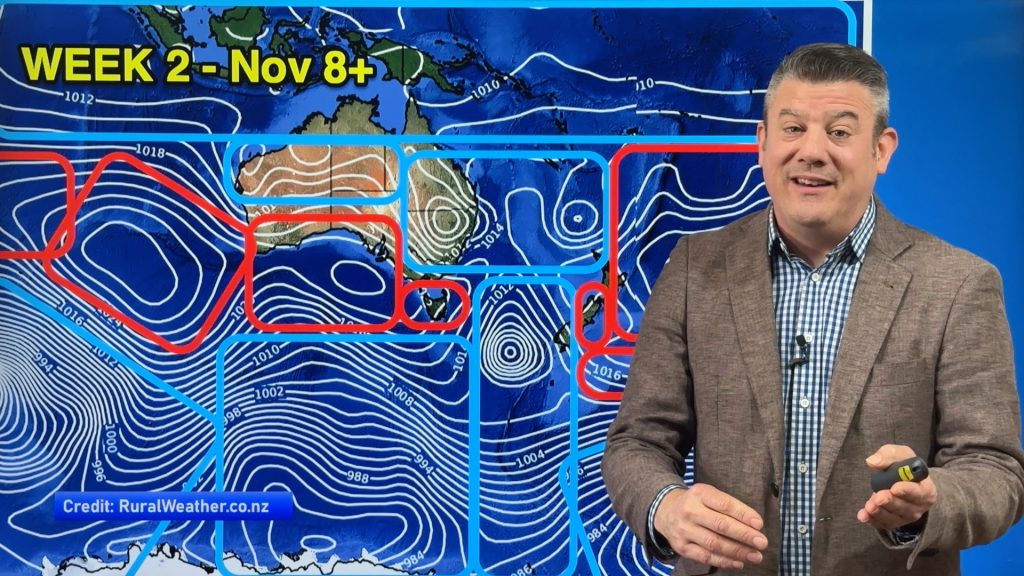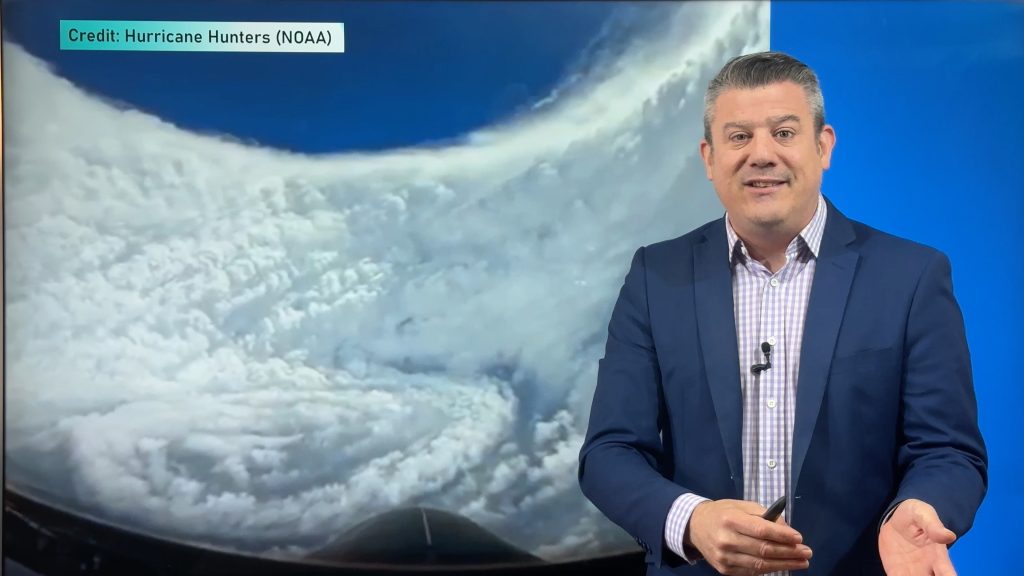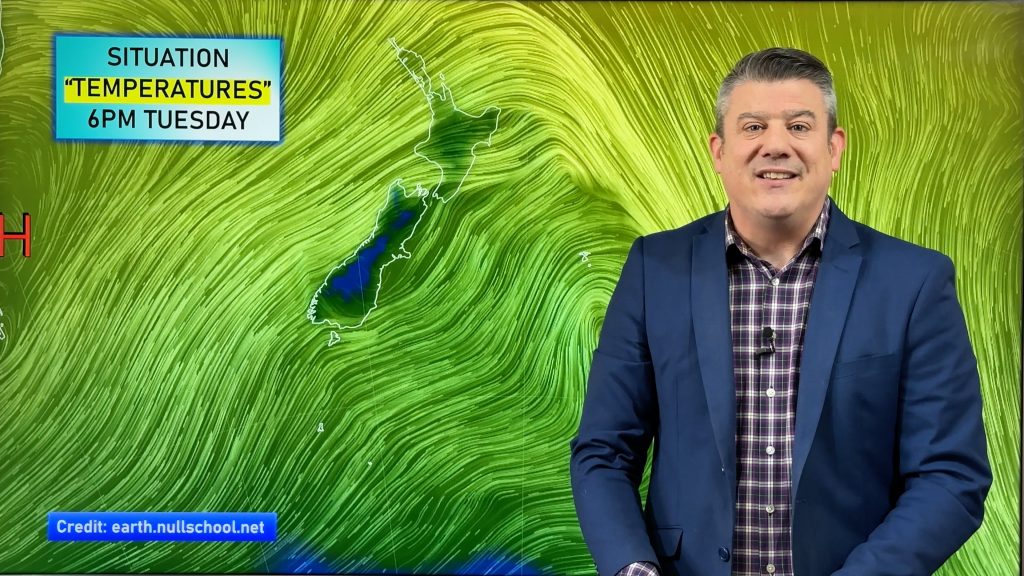
> From the WeatherWatch archives
Have you ever wondered how wind speed classifications are defined?
Terms like “Gentle Breeze”, “Fresh Breeze” and “High Wind” all have specific definitions. Those classifications and 10 others are all based on the Beaufort wind force scale.
The scale was devised in 1805 by Francis Beaufort, a Royal Navy officer. He believed the way wind is measured needed to be standardised rather than leaving it up to each observer’s perception. Beaufort classified the wind speed by observing the effects on the sails of a man-of-war (Royal Navy ship). The classifications ranged from “just sufficient to give steerage” to “that which no canvas sails could withstand”.
|
Beaufort number |
Description |
Wind speed (km/h) |
Wave height (metres) |
Sea conditions |
Land conditions |
|
0 |
Calm |
<1 |
0 |
Flat |
Calm. Smoke rises vertically. |
|
1 |
Light air |
1.1-5.5 |
0-0.2 |
Ripples without crests. |
Smoke drift indicates wind direction and wind vanes cease moving. |
|
2 |
Light breeze |
5.6-11 |
0.2-0.5 |
Small wavelets. |
Wind felt on exposed skin. Leaves rustle and wind vanes begin to move. |
|
3 |
Gentle breeze |
12-19 |
0.5-1 |
Large wavelets. |
Leaves and small twigs constantly moving, light flags extended. |
|
4 |
Moderate breeze |
20-28 |
1-2 |
Small waves with breaking crests. |
Dust and loose paper raised. Small branches begin to move. |
|
5 |
Fresh breeze |
29-38 |
2-3 |
Moderate waves of some length. Many whitecaps. Small amounts of spray. |
Branches of a moderate size move. Small trees in leaf begin to sway. |
|
6 |
Strong breeze |
39-49 |
3-4 |
Long waves begin to form. Some airborne spray is present |
Large branches in motion. Whistling heard in overhead wires. Umbrella use becomes difficult. Empty plastic garbage cans tip over. |
|
7 |
High wind, moderate gale, near gale |
50-61 |
4-5.5 |
Some foam from breaking waves is blown into streaks along wind direction. Moderate amounts of airborne spray. |
Whole trees in motion. Effort needed to walk against the wind. |
|
8 |
Gale, fresh gale |
62-74 |
5.5-7.5 |
Moderately high waves with breaking crests forming spindrift. Considerable airborne spray. |
Some twigs broken from trees. Cars veer on road. Progress on foot is seriously impeded. |
|
9 |
Strong gale |
75-88 |
7-10 |
High waves whose crests sometimes roll over. Large amounts of airborne spray may begin to reduce visibility. |
Some branches break off trees, and some small trees blow over. Construction/temporary signs and barricades blow over. |
|
10 |
Storm, whole gale, severe gale |
89-102 |
9-12.5 |
Very high waves with overhanging crests. Large patches of foam from wave crests give the sea a white appearance. Considerable tumbling of waves with heavy impact. Large amounts of airborne spray reduce visibility |
Trees are broken off or uprooted, saplings bent and deformed. Poorly attached asphalt shingles and shingles in poor condition peel off roofs. |
|
11 |
Violent storm |
103-117 |
11.5-16 |
Exceptionally high waves. Very large patches of foam, driven before the wind, cover much of the sea surface. Very large amounts of airborne spray severely reduce visibility |
Widespread damage to vegetation. Many roofing surfaces are damaged; asphalt tiles that have curled up and/or fractured due to age may break away completely. |
|
12 |
Hurricane force |
>118 |
>14 |
Huge waves. Sea is completely white with foam and spray. Air is filled with driving spray, greatly reducing visibility |
Very widespread damage to vegetation. Some windows may break; mobile homes and poorly constructed sheds and barns are damaged. Debris may be hurled about. |
Image by Zelda Wynn
-WeatherWatch.co.nz
Comments
Before you add a new comment, take note this story was published on 12 May 2012.






Add new comment
Guest on 12/05/2012 10:43pm
Just curious – when you state in your forecasts that winds will be “brisk” or “breezy” where do you think they would sit on this scale?
Reply